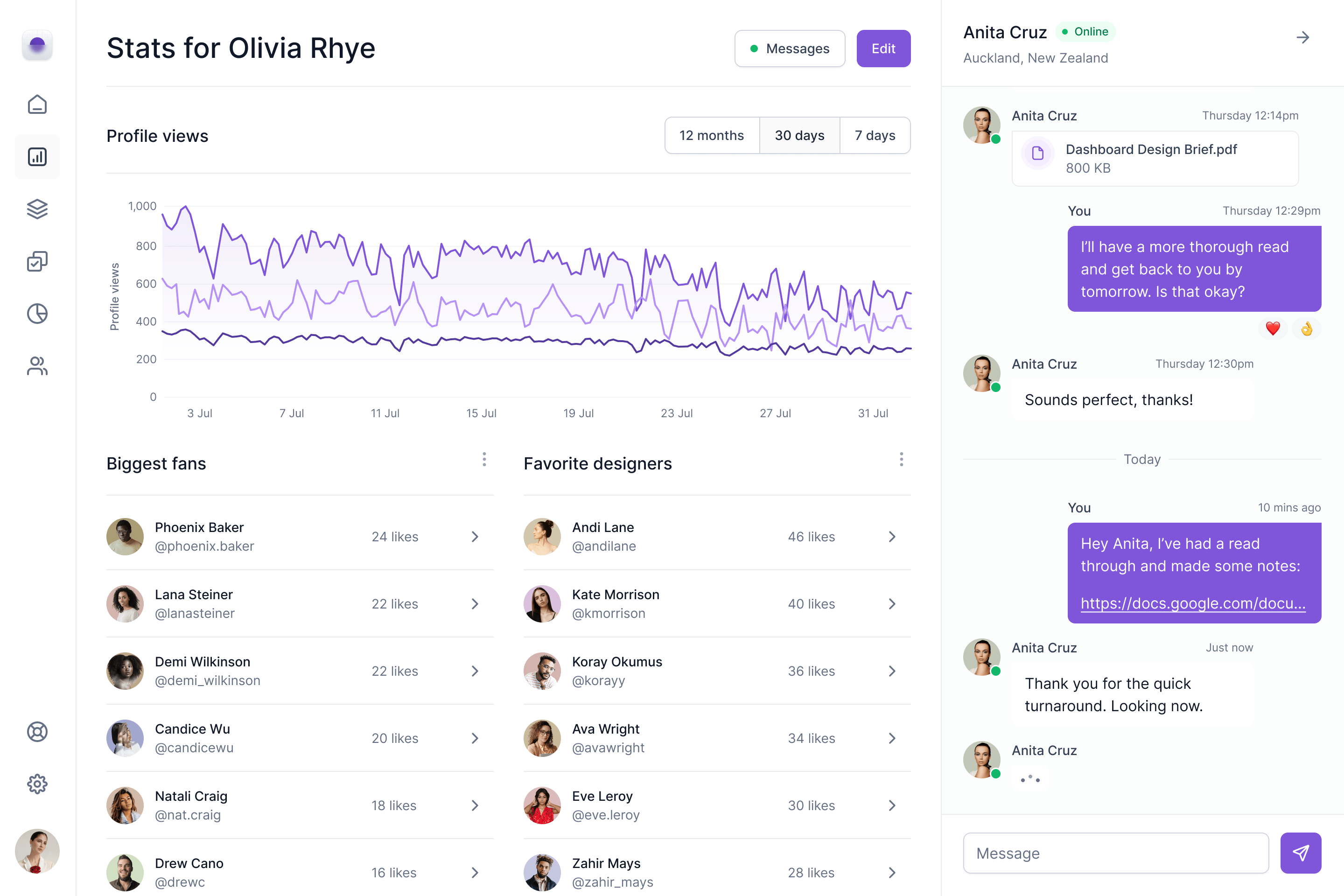Leading through the breach: Preparedness is a competitive advantage in cybersecurity

In 2025, several prominent South African companies faced the all-too-common reality of a cyberattack. Some took days to respond, with their systems offline and reputations on the line. Others, though fewer in number, recovered quickly, communicated clearly, and demonstrated control under pressure. The key difference? Preparation.
These moments are no longer purely technological. They are tests of leadership. When a business can maintain trust, stability, and service in the face of a breach, it gains more than just operational recovery. It earns a competitive advantage.
The anatomy of a response done right - Breaches are inevitable. However, it is not the presence of breaches that dictates a strong or weak cyber stance, it hinges on whether a business has built resilience through structure, foresight, and training.
From SHA’s recent claims review and based on real-world events, three common traits in effective cyber responses are:
- Clarity of command: Organisations with clearly defined roles and escalating paths act faster and more confidently, while mitigating decision paralysis.
- Stakeholder communication: Transparent, timely, and honest communication with staff, clients, and regulators helps manage reputational risk and maintain trust.
- Tested resilience: Regular simulations, up-to-date contingency plans, and rehearsed recovery protocols mean response teams don’t scramble when an incident occurs, they execute.
Organisations with rehearsed response plans and clear governance frameworks tend to experience lower long-term losses and reputational damage. It is well known that breaches that are not detected or contained early, are more expensive than those that are. From our observation, companies that respond within hours, and not days, suffer fewer long-term losses and are more likely to retain customer and investor confidence.



